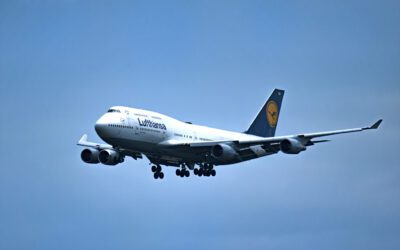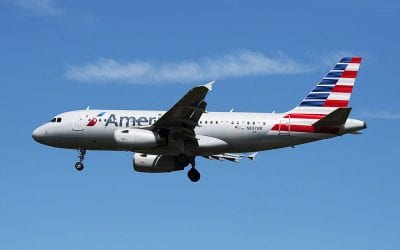Airlines love big spenders. However, for years loyal frequent travelers have been able to get nearly the same perks as those who only fly on expensive tickets. For most legacy carriers, that started changing recently when Delta and United added a minimum spend rule for travelers to reach their elite frequent flyer levels.
While inflation may be relatively flat, one wouldn’t know it from the spending rule, because the levels are going up almost 20 percent in one year.
For Delta, the Medallion Qualification Dollars (MQDs) requirement for 2016 Medallion status (based on flights flown between January 1, 2015, and December 31, 2015) will change as follows: Silver Medallion, from $2,500 to $3,000; Gold from $5,000 to $6,000; Platinum from $7,500 to $9,000, and Diamond from $12,500 to $15,000.
For United, the increases are almost the same, although the 1k level is “only” going up from $10,000 to $12,000. (Global Services remains a mystery, but in my experience it requires travelers to spend well over $50,000.)
Now, clearly the airlines can do whatever they want. And, just as clearly, Delta and United have decided that they want to reward travelers who spend the most money with them. But the sharp rise in the requirements, so quickly after instituting the plan in the first place, is likely to seriously irritate travelers.
In addition, the minimum spend doesn’t include taxes and doesn’t count several types of tickets, including group or consolidator tickets, which could be quite expensive. A bulk fare to Europe in Business Class, for example, is usually at least $5,000, which is a lot of dollars not to count. (The miles count as flown miles at least.)
For readers trying to qualify for 2015, the latest hike doesn’t take effect until next year’s qualification for 2016 status. But it is still worth looking carefully at this year’s miles and dollars, as it is very easy to make the logical assumption that the ticket price counts towards the requirement.
Anyone who flies business class or full-fare coach should have no trouble with the new rules, as a single overseas ticket could potentially fulfill the dollar requirement. But, for the average frequent flier who looks for the best fares at all times, a tough hill to climb is about to get higher.
The question is, how many frequent travelers do the airlines have to get to give up on loyalty programs before they need to start offering mileage and other bonuses to lure them back?



